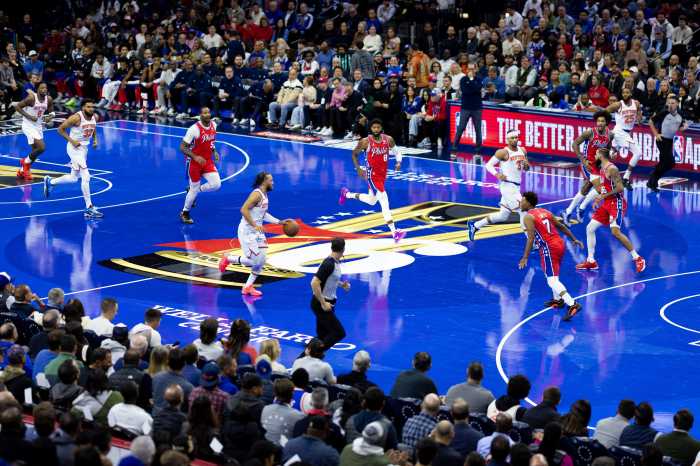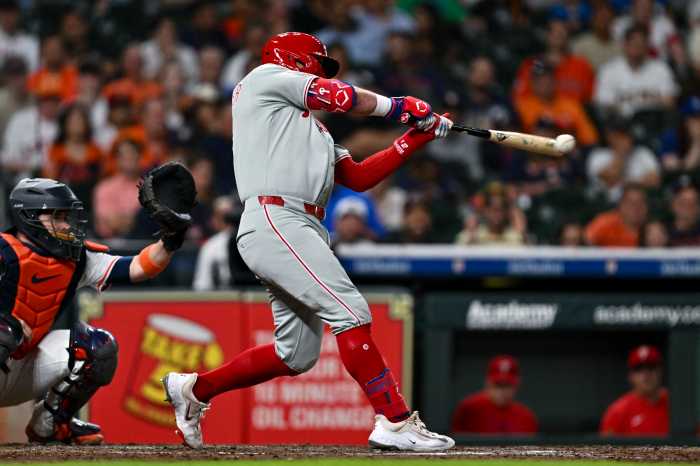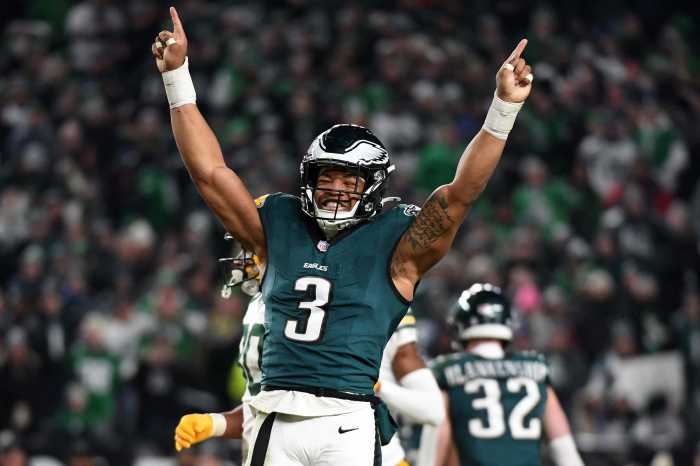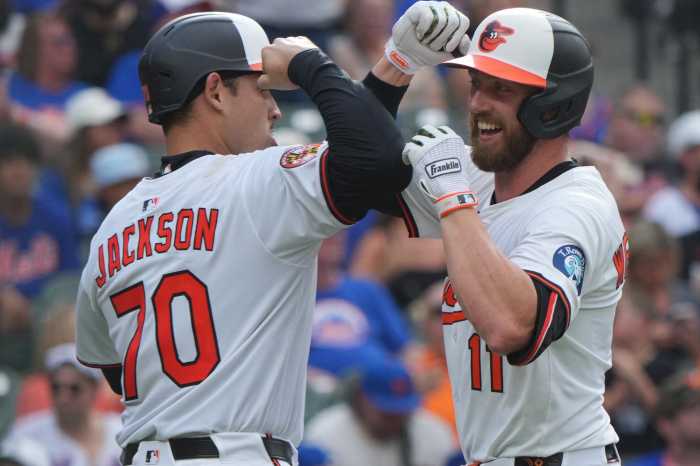It is February 19th and some of the best players in baseball remain as free agents.
Cody Bellinger, Blake Snell, Matt Chapman, and Jordan Montgomery are all looking for a team as Spring Training has begun. This is a trend that has become more common over the last several off-seasons.
While there has been COVID and a lockout sandwiched together in recent years, this concept of the best players holding out all off-season for the best deal possible has become a problem.
Bryce Harper signed his deal with the Phillies on March 2nd, 2019. That same year the Phillies had opened camp on February 13th, nearly three weeks before Harper’s signing. That same season saw Manny Machado sign with the Padres on February 19th, a week after the Padres’ camp had started.
As these four top players, and many others remain teamless, it once again sparks the debate if Major League Baseball should have a free agent deadline in their off-season. While I am often a traditionalist when it comes to baseball, I think this is a change I could get behind.
A Deadline Is Needed
While other professional sports leagues do not have a “signing deadline”, I would argue that Major League Baseball needs to create one.
In the NFL and NBA, we see a majority of players sign within hours of the free agency period opening. In most cases, we know where the star players are going after one day and then the rest of the field gets an opportunity to find their new homes.
The problem in Major League Baseball is that the stars take longer to ink their new contracts. These players are the ones who are supposed to set the market, allowing for the lesser talent to sign contracts that are more appropriate for their skills.
When you have the best players take longer, it hurts the players who will likely be signing 1-2 year “prove it” deals. For example, Blake Snell is coming off his second Cy Young award-winning season. That in theory should be the players targeted first before players such as Marcus Stroman or Sonny Gray get a deal.
Because Snell and his camp have held out, a guy like Michael Lorenzen, who pitched significantly in 2023, is still waiting for his market to materialize.
A Proposed Timeline
While MLB and the MLBPA would have to sit down and hash out an agreement, the following is a rough idea of how a deadline could be introduced.
Phase One
Starting on the Monday following Thanksgiving would be when I would open the free agency signing period. You give players time off after the end of the World Series while getting a chance to spend the holidays at their current home.
On that Monday, teams can begin to reach out to players to try and negotiate a contract. From that period until December 18th, a week before Christmas, any contract can be signed. What I mean by any contract is that there would be no limits on a potential deal. The reason why I mentioned that is to introduce the second phase.
Phase Two
Once December 18th hits, all negotiations must stop until January 1st. This two-week window again focuses on letting the players enjoy their off-season, while also introducing that first deadline.
Starting on January 1st, the second phase would begin. If a player remains a free agent, they can now only sign a contract worth up to three seasons and/or exceed a certain monetary threshold.
The goal would be to have the top players sign their long-term deals before this period. This now allows for the middle-of-the-pack baseball players to get their chance to set their market and sign a deal. For reference, Jorge Soler just signed a 3-year contract with the Giants. This is the exact caliber of contract that I would want this period to inspire.
This period would last from January 1st, through February 10th. The reason it ends on the 10th would be to allow teams to assess their current rosters and Spring Training invitees, before the opening of the final phase.
Phase Three
The final phase would begin the day the last team reports to Spring Training. This would allow for clubs to have their Spring Training rosters mostly set, and begin baseball activities as normal.
Once this day begins, the final phase would start, locking negotiations to only a one-year deal. This should be the time of year when big-money players are on their new teams, with rosters being primarily filled out. This time of year would benefit guys like Michael Lorenzen and Joey Votto, who are looking for short-term deals this off-season.
They would be the kings of the market, allowing teams to reach out and work out a deal. We would be in that period currently and instead of having to compete against the reigning Cy-Young, free agents are competing against others in their talent bracket for an opportunity to make a roster.
Good for Baseball
While my concept would need more research and data to drive it, the overall concept is strong.
Not only can this structure help an increased amount of players, but it would also be a huge marketing strategy for the league.
It would generate more buzz and get more people talking about baseball during its “dead period.” People talk about the NFL all year long because the league has done a great job at spreading out important dates for fans to look towards. Baseball can copy this mindset with their off-season.
The MLB Network can run deadline day shows talking about a player who has hours to go to sign a life-changing contract. They can showcase other players once guys like Ohtani and Harper sign with new teams. Fans can buy jerseys for holidays and birthdays and have them ready to go by the time Spring Training begins.
I am not the person who makes this call ultimately, but I hope this is a process that looks to be installed soon. Find a deal that works for both the owners and the players, because, at the end of the day, it will only help grow the game of baseball.
Photo Credit: (AP Photo/Carolyn Kaster)




























